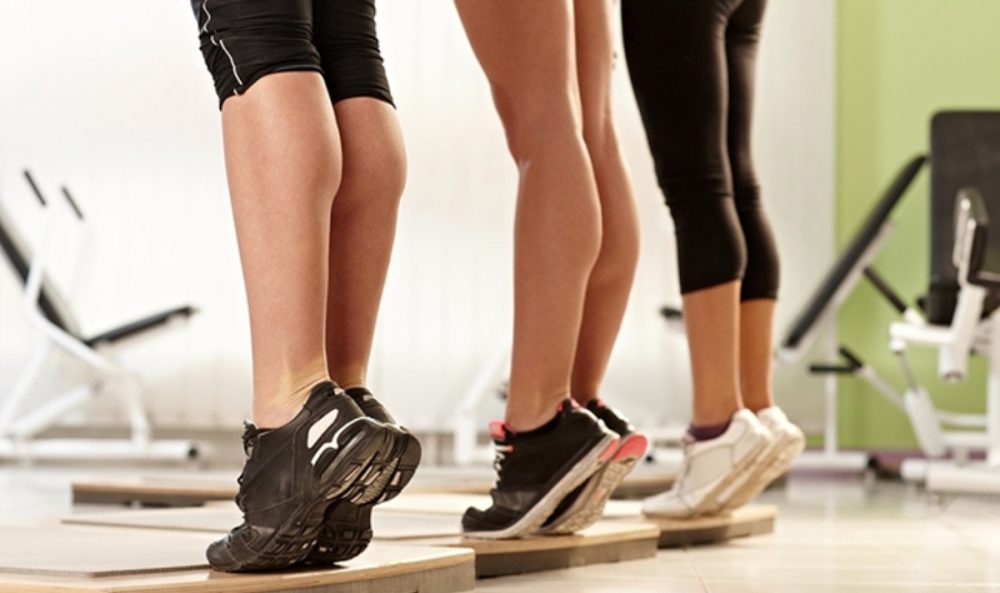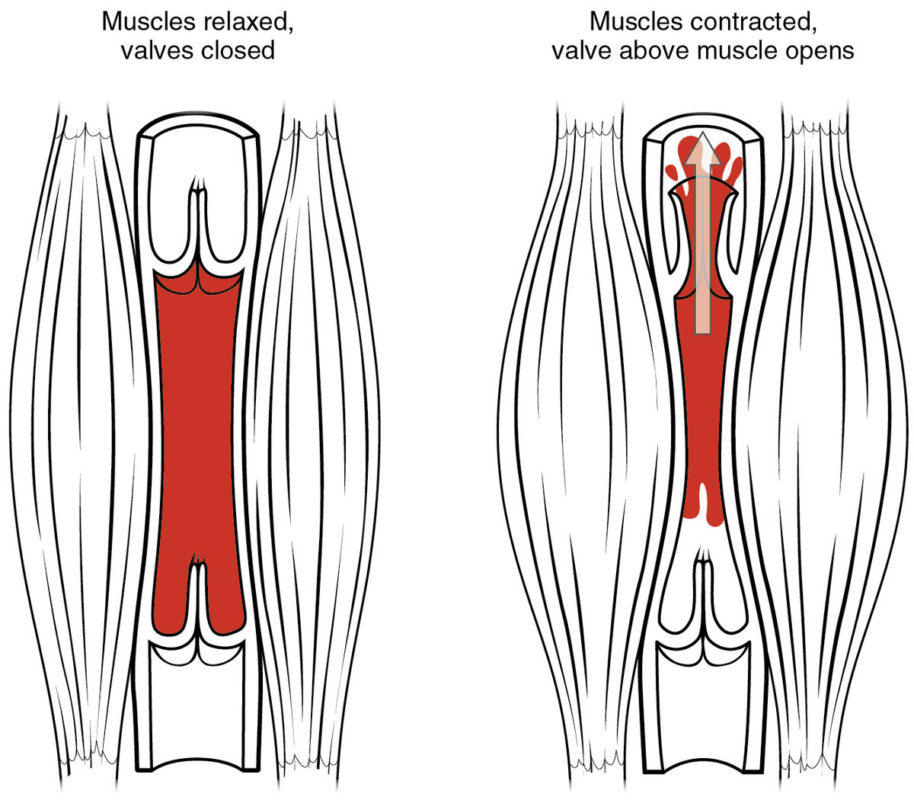Have you ever thought, why soldiers standing in attention sometimes faint? Why salespeople or cashiers, especially those who predominantly stand most of the day, develop varicose veins over a period of time? Similarly, sitting without moving the leg muscles for long duration (flight etc.) causes swelling in the legs? Tightening and relaxing the calf muscles can prevent the pooling of the blood. The role of soleus muscles or your calves is critical in returning blood to the heart that they are referred to as the “secondary hearts” of the body.

What Does Your Calf Muscle Do?

Your calf muscle, which is located at the back of your lower leg, pumps blood out of your leg and back to your heart, eliminating toxins through the lungs, kidneys, and liver along the way.
The heart, which is the main part of your circulatory system, delivers blood to every part of your body. This oxygen-rich blood flow contains oxygen and other nutrients that are essential to your brain and other vital organs.
Once the blood has reached every part of the body, the veins have to carry the oxygen-depleted blood back to the heart, and through the lungs where it will receive a supply of oxygen. Since the blood now is flowing against gravity, sending it towards the heart will take more than a single pump from the heart. For this reason, the body uses the calf muscles to pump blood from your lower legs back to the heart.
The best way to improve circulation is to get moving. Every time the calf muscles contract, it helps blood to flow against gravity. If you don’t move for long periods, blood and toxins will collect in your lower legs and cause swelling.
It is not how much exercise you do, it is how long you sit. The longer you sit without activating your second heart the more are you at risk for cardiovascular disease and diabetes independent of how much exercise you do.
Disclaimer
The Content is not intended to be a substitute for professional medical advice, diagnosis, or treatment. Always seek the advice of your physician or other qualified health provider with any questions you may have regarding a medical condition.